Trump Blamed The Visa Lottery For A Terrorist Attack. But Ending It Wouldn't End Terrorism
President Donald Trump and his White House are using the Tuesday terrorist attack in New York City to push their goal of cutting legal immigration by misleading the public about the diversity visa lottery system. But immigration experts argue that early available evidence indicates the focus should be on preventing radicalization ― and that eliminating the diversity lottery or blocking people from certain nations won’t prevent such attacks.
White House press secretary Sarah Huckabee Sanders falsely said on Wednesday that there is no vetting for the diversity visa lottery, a program that allows 50,000 people to move to the country each year from countries with low immigration rates.
“You can’t randomly select people, not have them thoroughly vetted and not have the ability to know whether these people want to do bad things or good things when they get here,” Sanders said at a press briefing. “I don’t think it’s unreasonable to ask that people that want to come to this country go through a vetting process to make sure that when they get here they want to contribute to society and not harm the people of this country.”
Trump said something similar earlier in the day when calling for an end to the program.
“We don’t want lotteries where the wrong people are in the lotteries,” he said.
I have just ordered Homeland Security to step up our already Extreme Vetting Program. Being politically correct is fine, but not for this!
— Donald J. Trump (@realDonaldTrump) November 1, 2017
Both Trump and Sanders suggested that people who entered the U.S. through the diversity visa lottery might be more dangerous than those who entered through “merit-based system,” which is one based on an applicants’ employer, family, education or other factors. The diversity visa lottery was created in 1990 to give an opportunity for people from countries with low immigration levels to come to the U.S. even if they did not have family or employer ties here.
Diversity visa lottery applicants do go through vetting, just like anyone else granted a green card to enter the United States. But like any other immigrant ― and native-born U.S. citizens ― it can be difficult to predict whether they will be radicalized once they arrive. Officials said that Sayfullo Habibullaevic Saipov, the suspected attacker in Tuesday’s attack, was radicalized once he was already in the U.S., meaning that any stricter vetting on the lottery program likely wouldn’t have prevented his entry, which took place seven years ago.
“There’s no evidence at all that people who might meet a merit-based requirement would somehow be less likely to radicalize than anybody else,” Theresa Brown, director of immigration policy at Bipartisan Policy Center, told HuffPost. “We just don’t know that, we don’t have evidence of that, and that’s not really what that’s about anyway. [The administration is] slamming apples and oranges together into a mush right now.”
David Bier, an immigration policy analyst at the Cato Institute who has analyzed terrorism rates among immigrants, said he hadn’t “seen any evidence that immigration vetting was implicated,” although he, like other experts quoted for this article, noted that he only knows what has been reported publicly.
“The focus on vetting and thinking that people are trying to get here to commit acts of terrorism is not a legitimate lens to view the bulk of this problem,” Bier said.
A Department of Homeland Security intelligence assessment from March confirmed that most foreign-born violent extremists do not come to the U.S. radicalized, but become radicalized once they’ve been living here for several years.
“Most of the individuals who radicalize tend to be quite well integrated,” Lorenzo Vidino, director of George Washington University’s Program on Extremism, told Politico Magazine last year. He pointed to the examples of attacks in San Bernardino, Calif., Orlando, Florida and Chattanooga, Tenn., which were perpetrated by people whose radicalization was a gradual process that was in no way linked to how they immigrated to the U.S.
DHS does run a Countering Violent Extremism program which works with communities “to build and sustain local prevention efforts and promote the use of counter-narratives to confront violent extremist messaging online.”
The agency said in the assessment that it’s seen success with its mentoring and integration services as part of the program, but these are focused on school-aged immigrants and are specific to refugees and asylees. Someone like Saipov, who came to the U.S. at the age of 22 and not as a refugee or asylee, would have been unlikely to be targeted by such services.
It would be more helpful for Trump to focus on policies that can prevent and detect radicalization now, based on current public information about the New York City attacker, said Adam Blickstein, a former Pentagon official in the Obama administration.
“The law enforcement community and the intelligence community is probably full bore into what radicalized him, what inspired him, whether he got any operational help in the U.S. or abroad,” Blickstein said. “Meanwhile, the commander-in-chief is perpetuating this notion that if he was prevented from coming to the U.S. in 2010 that would have solved everything.”
Trump typically touts his travel ban following terror attacks around the world, using it as an example of why the U.S. needs a better immigration system. Sanders said Wednesday that the administration wouldn’t rule out adding Uzbekistan to the list of targeted countries in the ban (which was temporarily struck down in federal court last month).
If the Trump administration did add Uzbekistan to the list, it would be a reminder of how travel ban lists are often arbitrary, Bier said. The latest travel ban is based on the countries’ ability to screen their citizens and share information with the U.S., and by not placing Uzbekistan on the list, the government has indicated that the country’s security efforts are up to par.
“If Uzbekistan was to be added to this list, it would be even more readily apparent that that really is what’s happening here ― that the president is the one driving the outcome and not an objective set of criteria developed by experts in immigration vetting,” Bier said.
Also on HuffPost
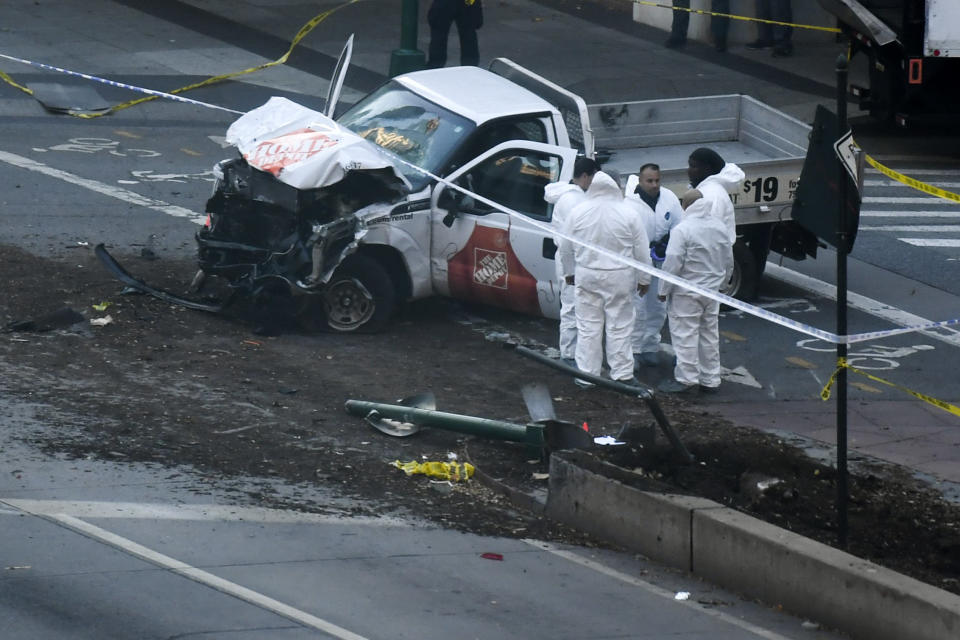
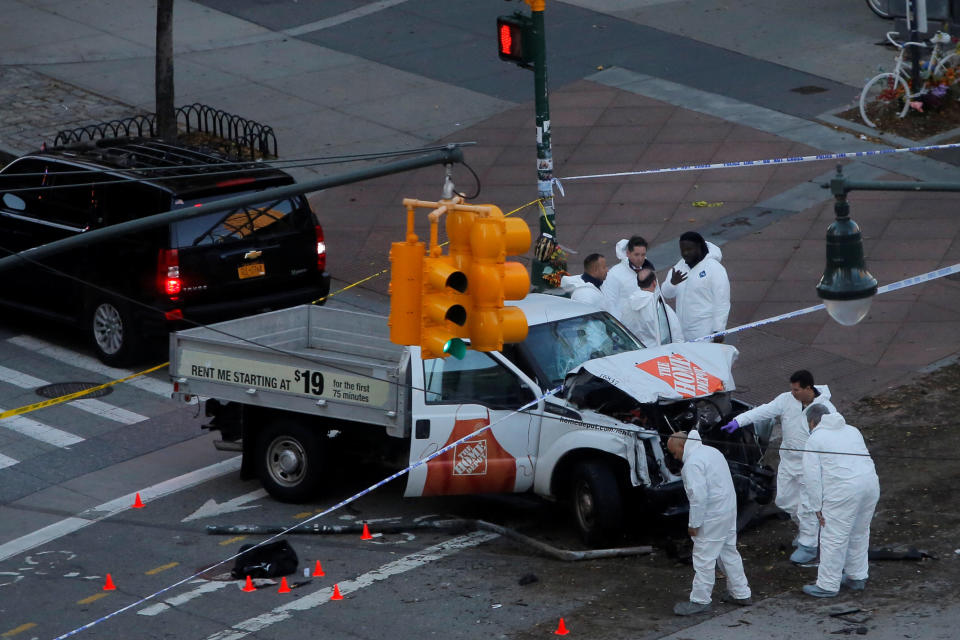

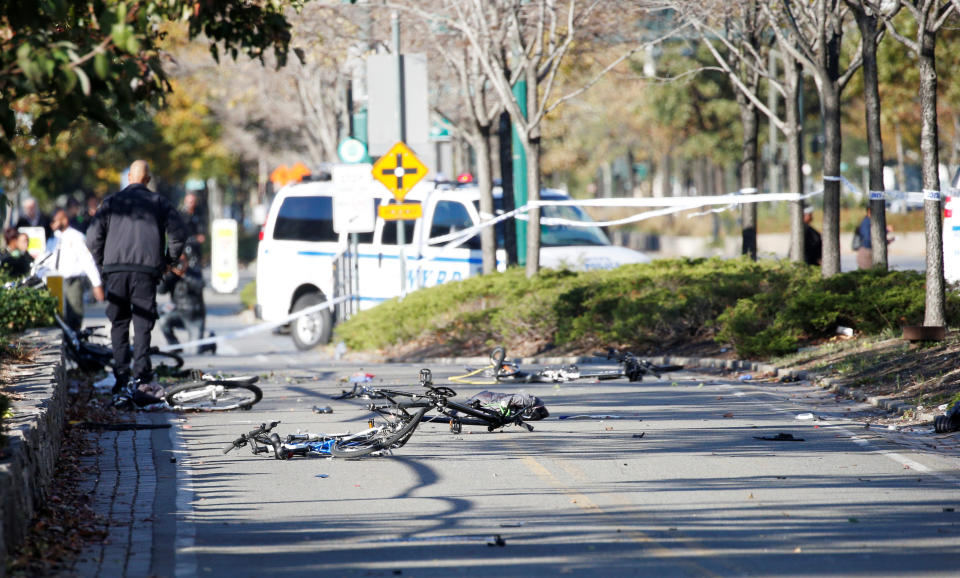
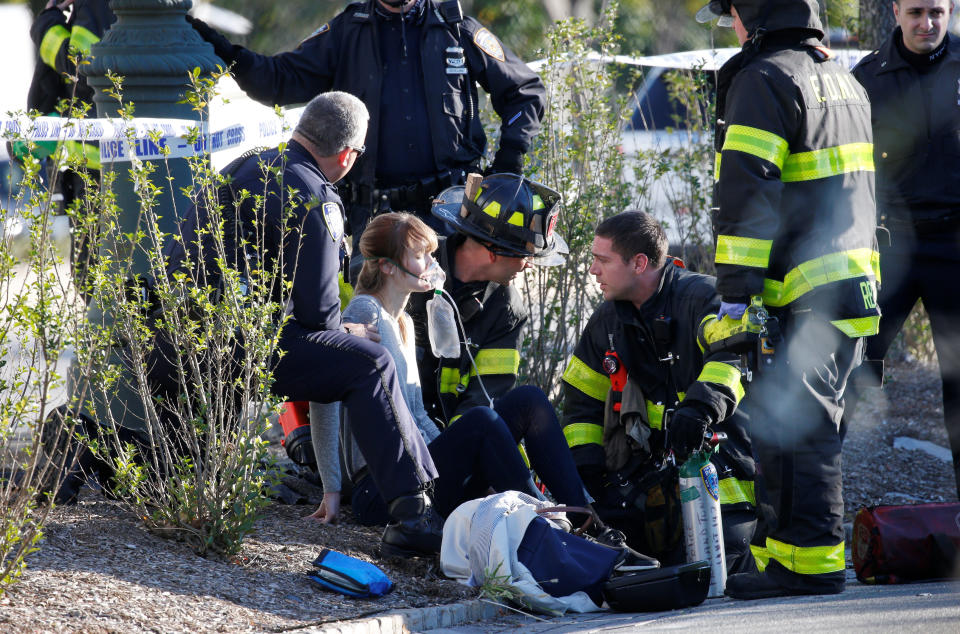
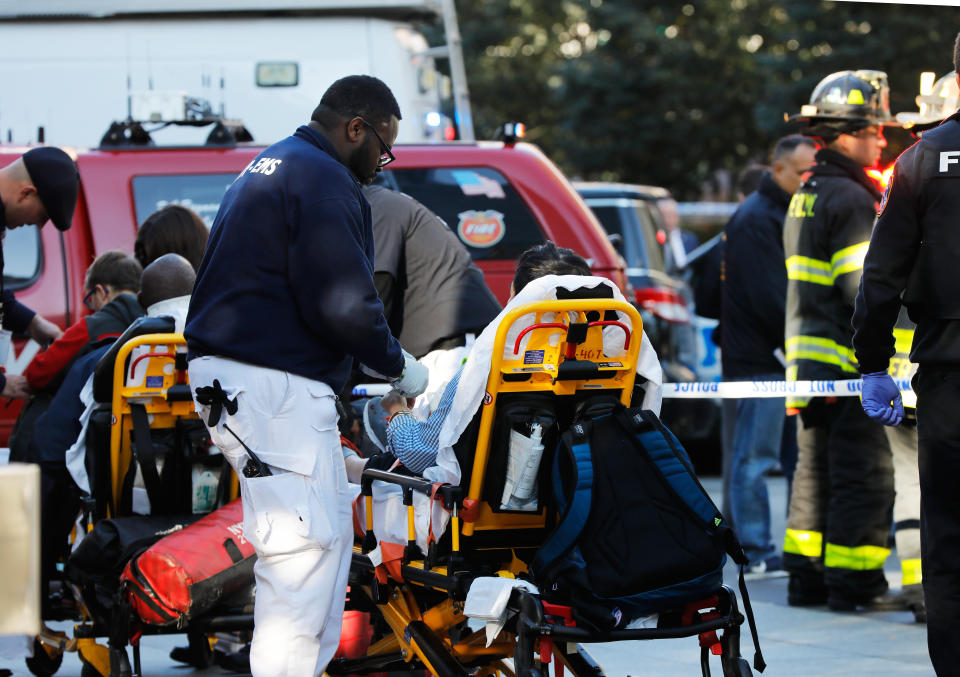
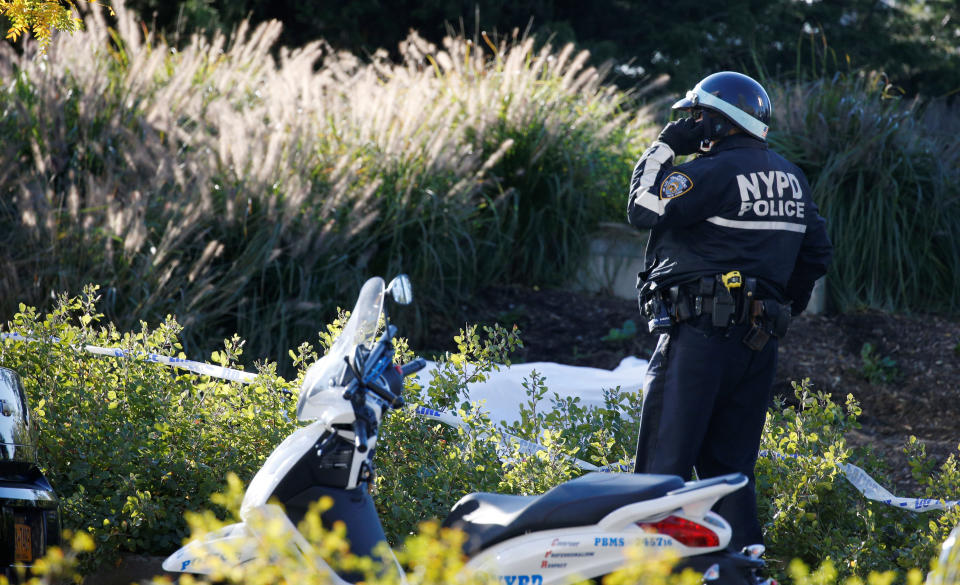
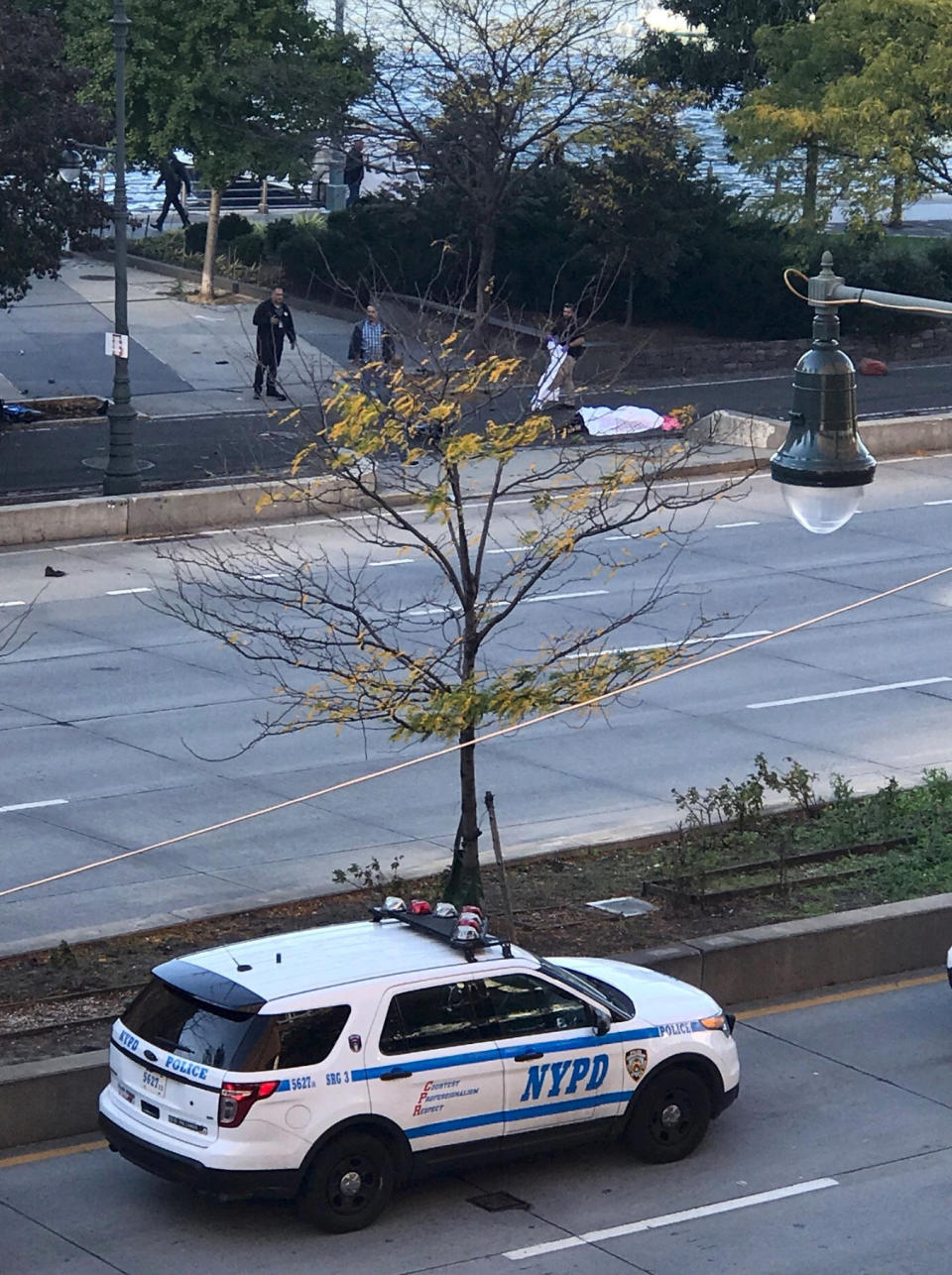

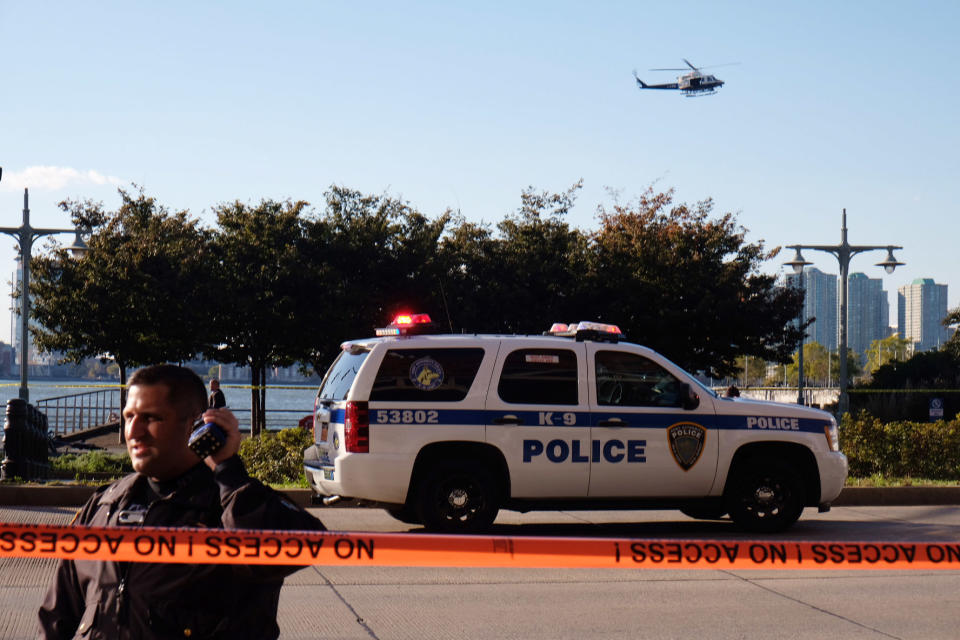
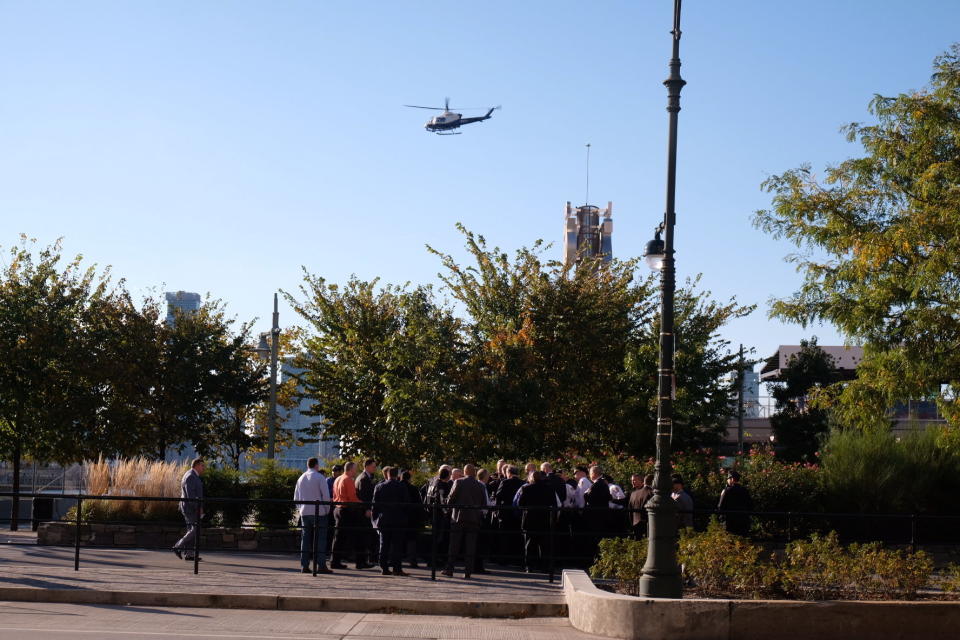
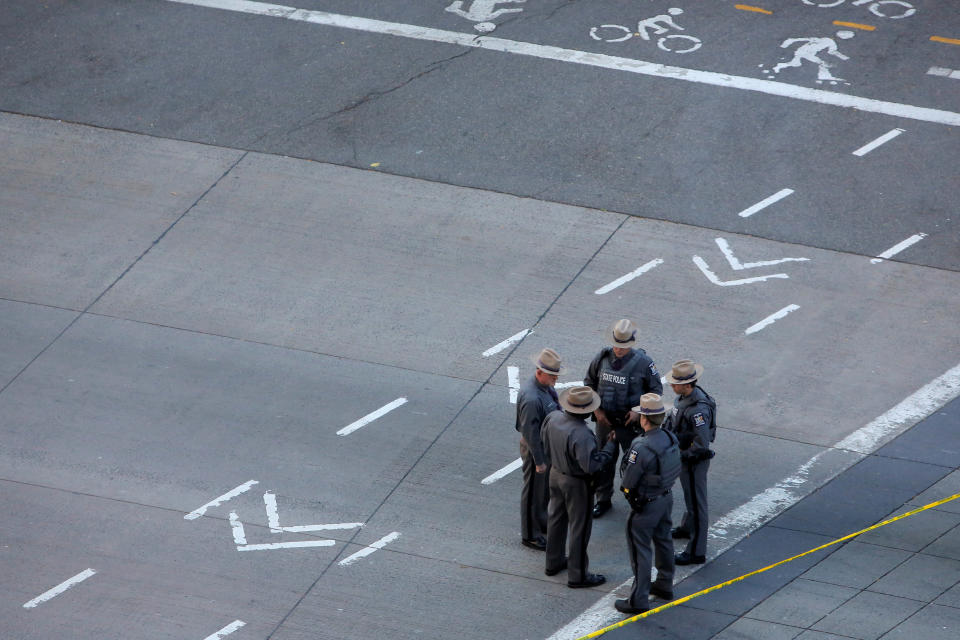
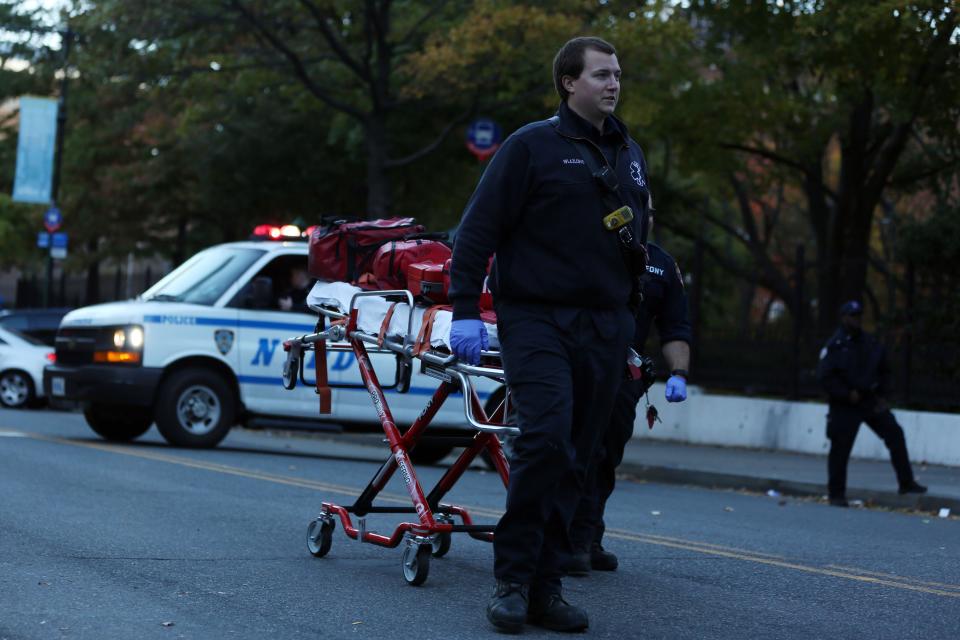
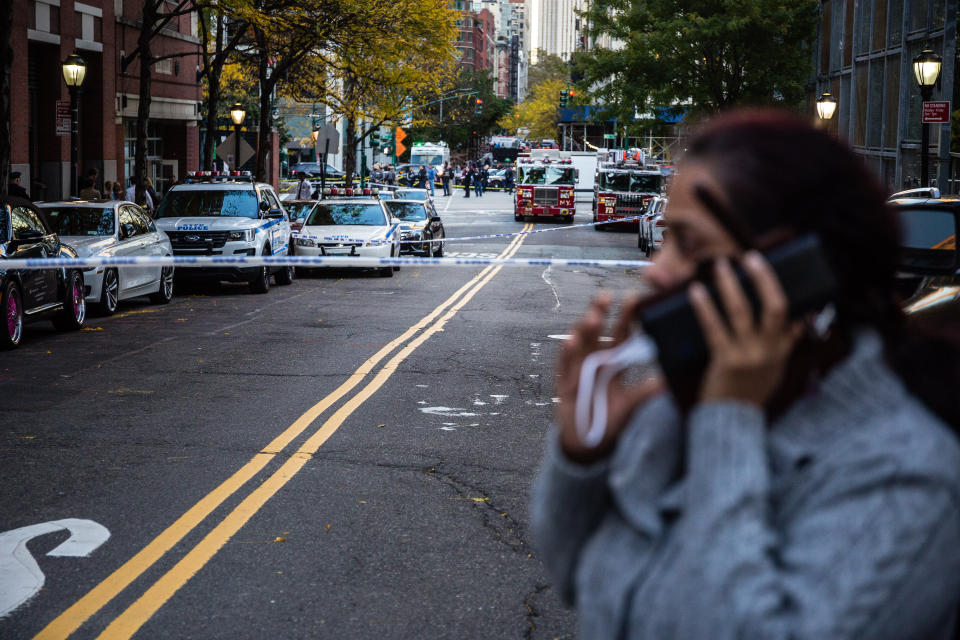
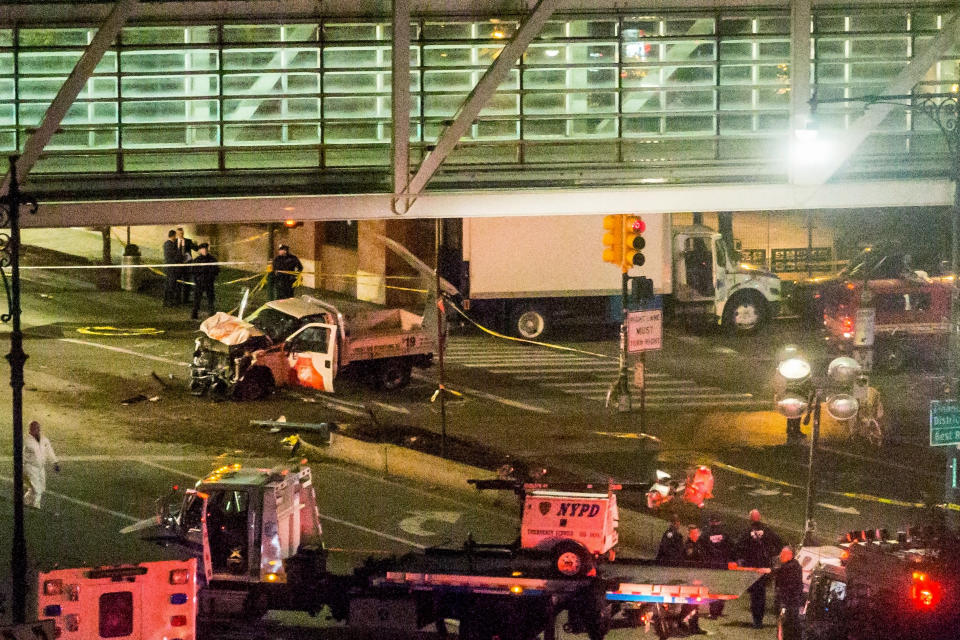
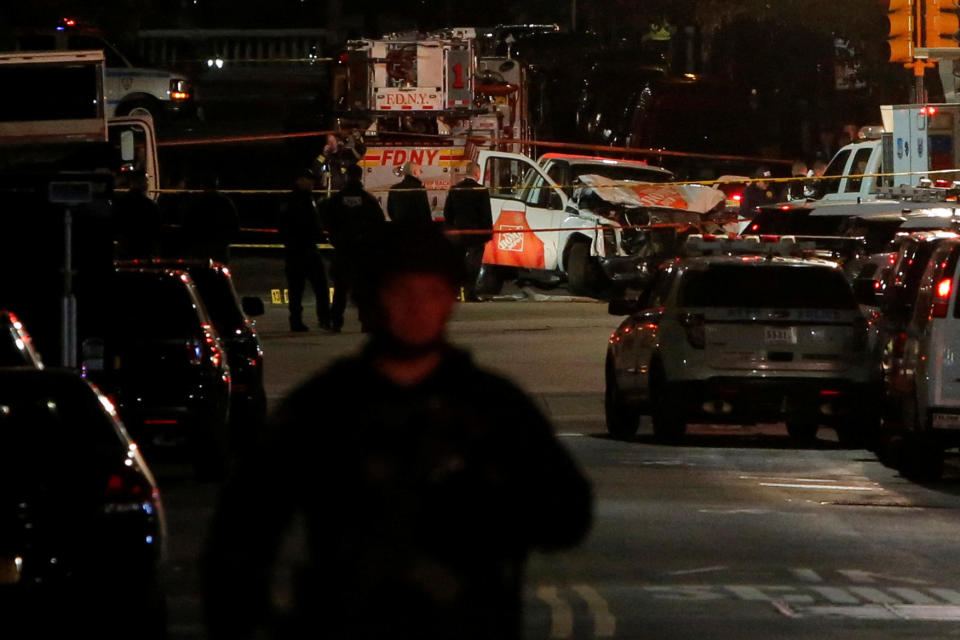
Love HuffPost? Become a founding member of HuffPost Plus today.
This article originally appeared on HuffPost.

